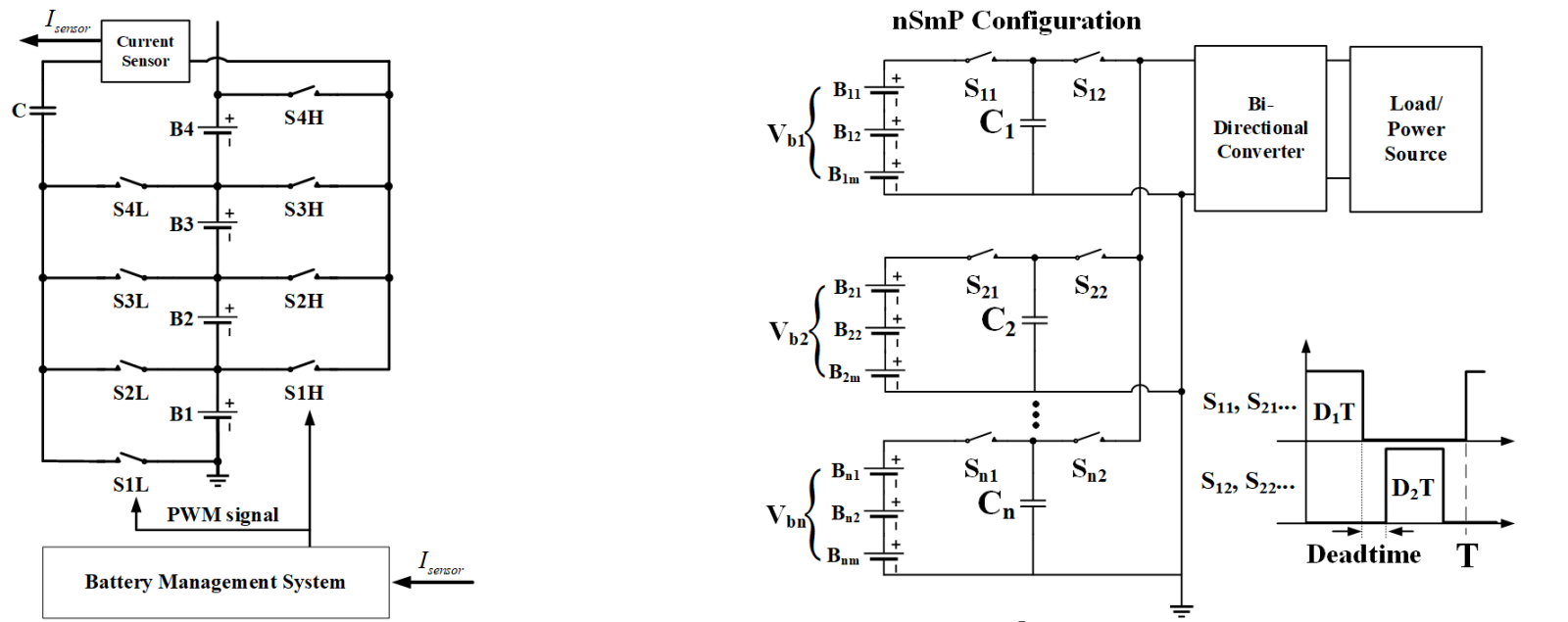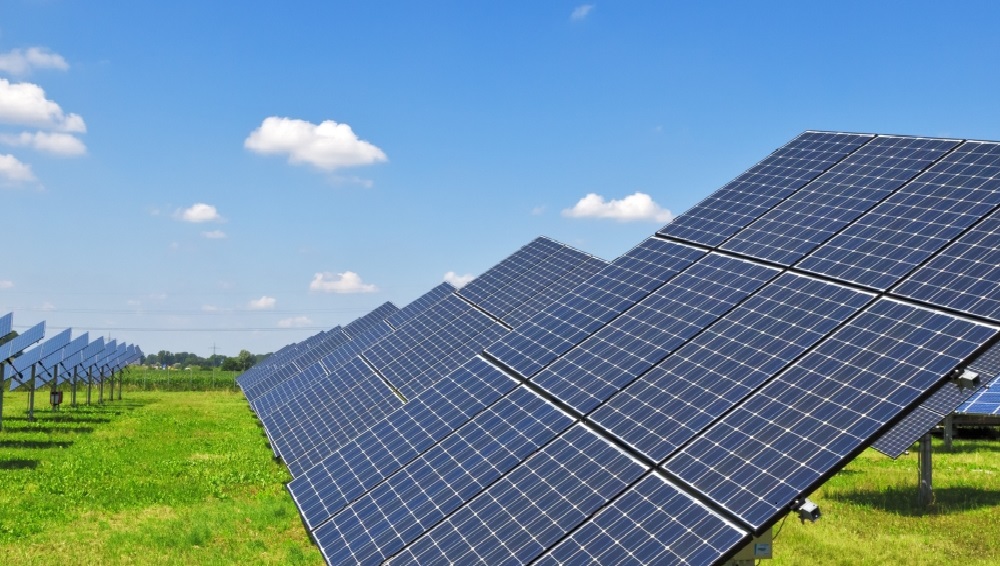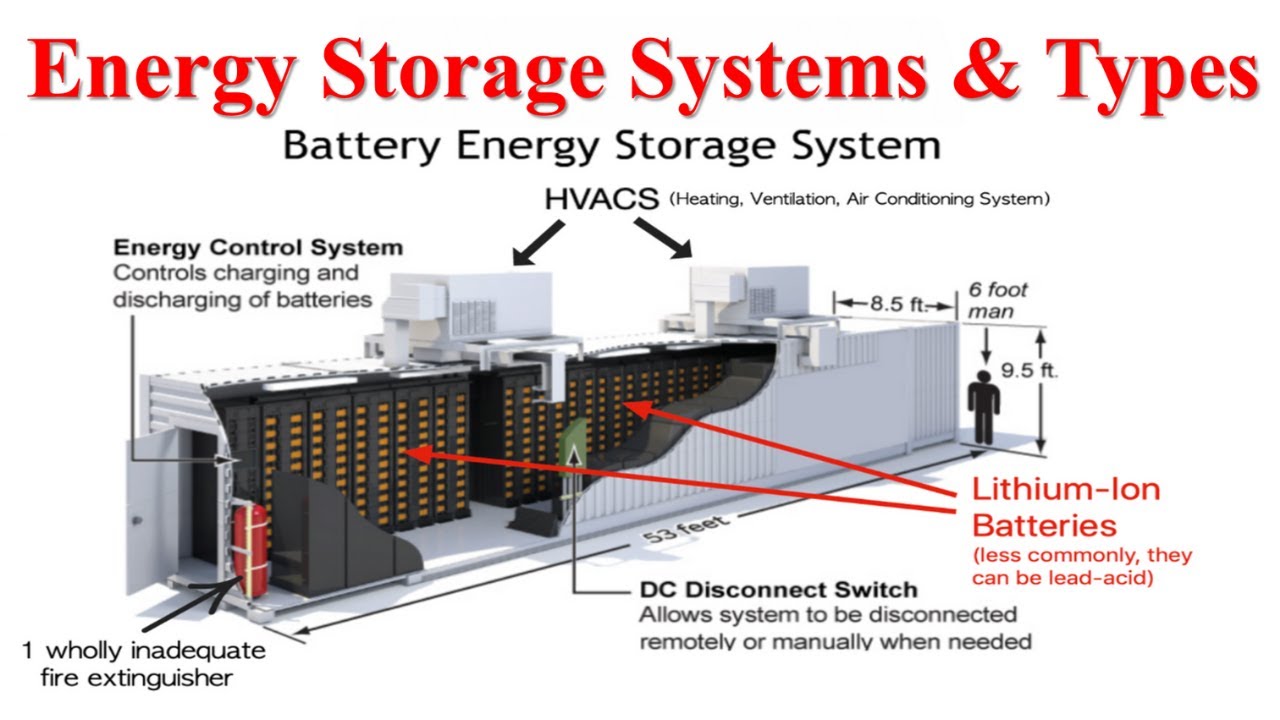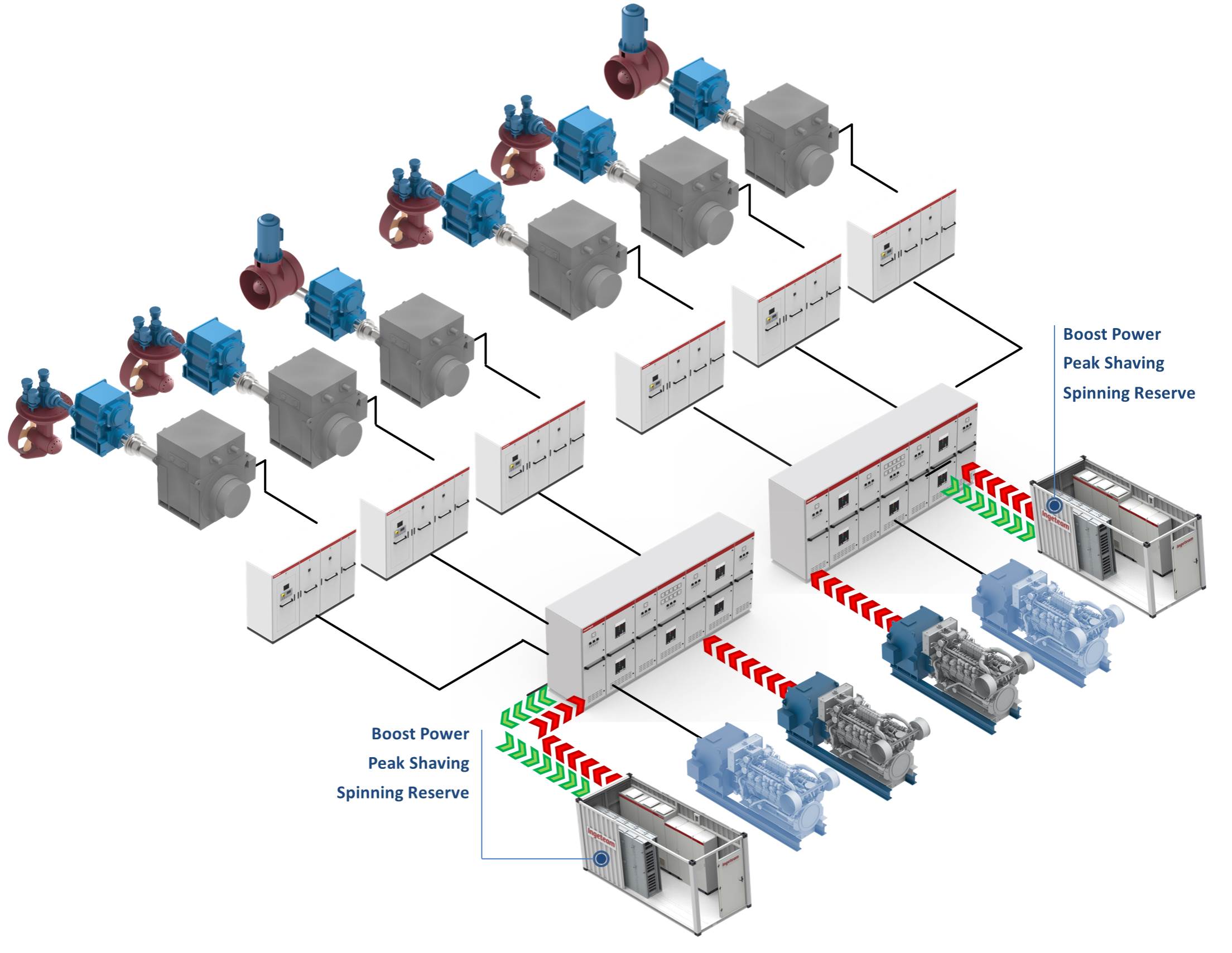Battery Management System and Its Enviroment
The battery pack is the backbone of EV and BESS since it takes over 50% proportion of the cost breakdown analysis [1], [2]. On the other hand, the battery system is sensitive to overload, over-charging, over-discharging, and over-temperature issues [3]. Thus, a battery management system is required to monitor the battery operation and protect them from faults. The reasons for the faults can be the cell inconsistency in the series and parallel connection in the battery pack, the fault state estimation due to the aging of the cells, short-circuits due to internal and external factors, and thermal runaway during the charging process.
 |
| Cost Breakdown of the Battery Pack on EV |
Due to economic effectiveness, in the battery system, hundreds of cells are connected in series to increase the operating voltage and in parallel to enlarge the operation time [4]. The more assembled the cell number, the more serious inconsistency will be. In general, the characteristics of the cells are screened, and similar characteristic cells are assembled [5]. However, the similarity will be lost during the operation due to the dissimilar aging patterns of the cells and the packing techniques. Thus, the battery system can be led to over-charging or over-discharging issues if the individual cell monitoring is missing. Besides, the equalizer is required to balance the energy level of the dissimilar cells. On the other hand, the inconsistency will become more serious in parallel connection, where the load or charging current is unequally distributed for the cells. If one cell gets an internal short-circuit issue, the whole parallel connection will be broken. In ECCL, we are developing effective equalizers for both series [6] and parallel [7], and [8] connections of the cells. Besides, we also develop the symbiosis system, where the battery model identification is integrated into the existing equalizers [9], [10].
.png) |
| Impact of the cell-inconsistency on the performance of the battery pack. |
 |
| Governed direct cell-to-cell equalizer for series connection. Switched capacitor equalizer for parallel connection |
On the other hand, the combination between the charging process and the equalization process is also considered. By applying our algorithm [11], the calibration process of the battery pack EV can be accelerated twice times the speed of the conventional method. Besides, energy loss during the calibration process is just half. We also provide the full functions of BMS for industrial applications.
 |
| Cooperation between the Charger and Equalization Topology. |
Flashback to the developing history of the BMS, battery state estimations such as state-of-charge (SOC) and state-of-health (SOH) have been getting more attention. A bundle of battery state estimation methods has been introduced for the battery pack in EVs [12]. In ECCL, the re-calibration method for the Kalman filter-based estimator by utilizing deep learning techniques. The SOH level with the corresponding state space models is periodically estimated from the recorded operation parameters of the cells. Hence, the Kalman filter estimator is re-configured to maintain high accuracy [13].
 |
| Calibration of the KF-based SOC estimation. |
Furthermore, we also feel interested in the bidirectional converter for battery application. Since the nonlinear characteristic of the battery is a game changer, the whole design process of the bi-directional converter should be changed. In ECCL, we are working on the combination of the traditional bi-directional converter with the battery equalizer topology. It can be a useful topology for the series connected battery module, which improve the performance of the system [14].
 |
| Three-Port Converter for Equalizer-Charger Symbiosis system. |
Join us! We welcome every chance for forming a collaboration or applying as a graduate student.
Source:
[1] Global, E. V. "Outlook 2020." International Energy Agency (IEA) (2020).
[2] Fu, Ran, Timothy W. Remo, and Robert M. Margolis. 2018 US utility-scale photovoltaics-plus-energy storage system costs benchmark. No. NREL/TP-6A20-71714. National Renewable Energy Lab. (NREL), Golden, CO (United States), 2018.
[3] Lu, Languang, et al. "A review on the key issues for lithium-ion battery management in electric vehicles." Journal of power sources 226 (2013): 272-288.
[4] Kane, M. (2022, July 12). Tesla's 4680 Structural Battery Pack Teardown: Zero repairability reported. InsideEVs. Retrieved August 14, 2022, from https://insideevs.com/news/597786/tesla-structural-battery-pack-teardown-difficult/
[5] Kim, Jonghoon, and B. H. Cho. "Screening process-based modeling of the multi-cell battery string in series and parallel connections for high accuracy state-of-charge estimation." Energy 57 (2013): 581-599.
[6] P. -H. La and S. -J. Choi, "Direct Cell-to-Cell Equalizer for Series Battery String Using Switch-Matrix Single-Capacitor Equalizer and Optimal Pairing Algorithm," in IEEE Transactions on Power Electronics, vol. 37, no. 7, pp. 8625-8639, July 2022, doi: 10.1109/TPEL.2022.3147842.
[7] P. -H. La and S. -J. Choi, "Reactive Balancing Circuit for Paralleled Battery Modules Employing Dynamic Capacitance Modulation," 2020 IEEE Energy Conversion Congress and Exposition (ECCE), 2020, pp. 575-581, doi: 10.1109/ECCE44975.2020.9235641.
[8] La, Phuong-Ha, and Sung-Jin Choi. 2020. "Novel Dynamic Resistance Equalizer for Parallel-Connected Battery Configurations" Energies 13, no. 13: 3315. https://doi.org/10.3390/en13133315
[9] P. -H. La and S. -J. Choi, "Integrated On-line EIS Measurement Scheme Utilizing Flying Capacitor Equalizer for Series Battery String," 2021 IEEE Applied Power Electronics Conference and Exposition (APEC), 2021, pp. 975-980, doi: 10.1109/APEC42165.2021.9487251.
[10] N. Pham, P.-H. La, and S. Choi, "Online Model-Parameter Identification for Battery Cells Utilizing Switched-Capacitor Equalizers," 2022 IEEE Applied Power Electronics Conference and Exposition (APEC), 2022, pp. 01-06, doi: 10.1109/APEC43599.2022.9773634.
[11] Nguyen, NA., La, PH. & Choi, SJ. Coordinated operation algorithm of pack-chargers and cell-equalizers for SOC adjustment in second-life batteries. J. Power Electron. 22, 105–115 (2022). https://doi.org/10.1007/s43236-021-00342-5
[12] Park, Seongyun, et al. "Review of state-of-the-art battery state estimation technologies for battery management systems of stationary energy storage systems." Journal of Power Electronics 20.6 (2020): 1526-1540.
[13] N. Pham, P.-H. La, and S. Choi, " Online Cell-by-Cell SOC/SOH Estimation Method for Battery Module Employing Extended Kalman Filter Algorithm with Aging Effect Consideration," Journal of Power Electronics (2022).
[14] N. -A. Nguyen, P. -H. La, N. -T. Pham and S. -J. Choi, "Novel Battery Equalizer-Charger Symbiosis Structure based on Three-Port DC-DC Converters," 2021 IEEE Energy Conversion Congress and Exposition (ECCE), 2021, pp. 180-185, doi: 10.1109/ECCE47101.2021.9595356.






